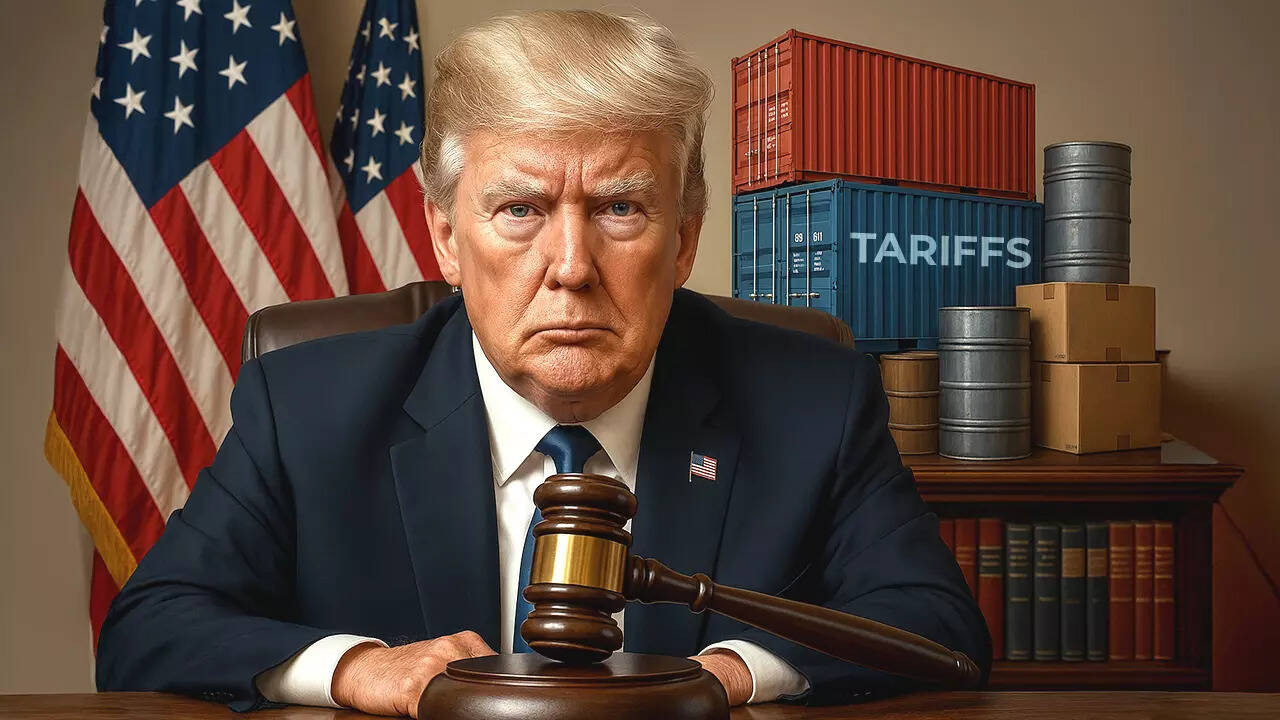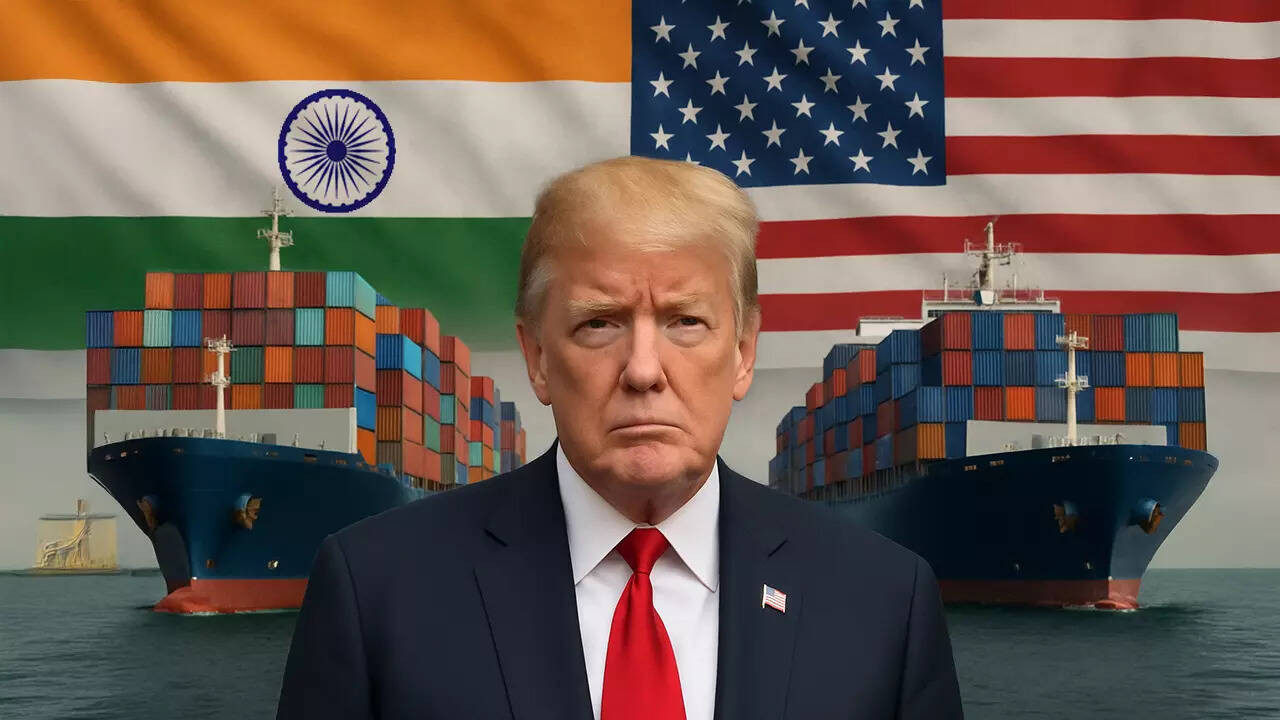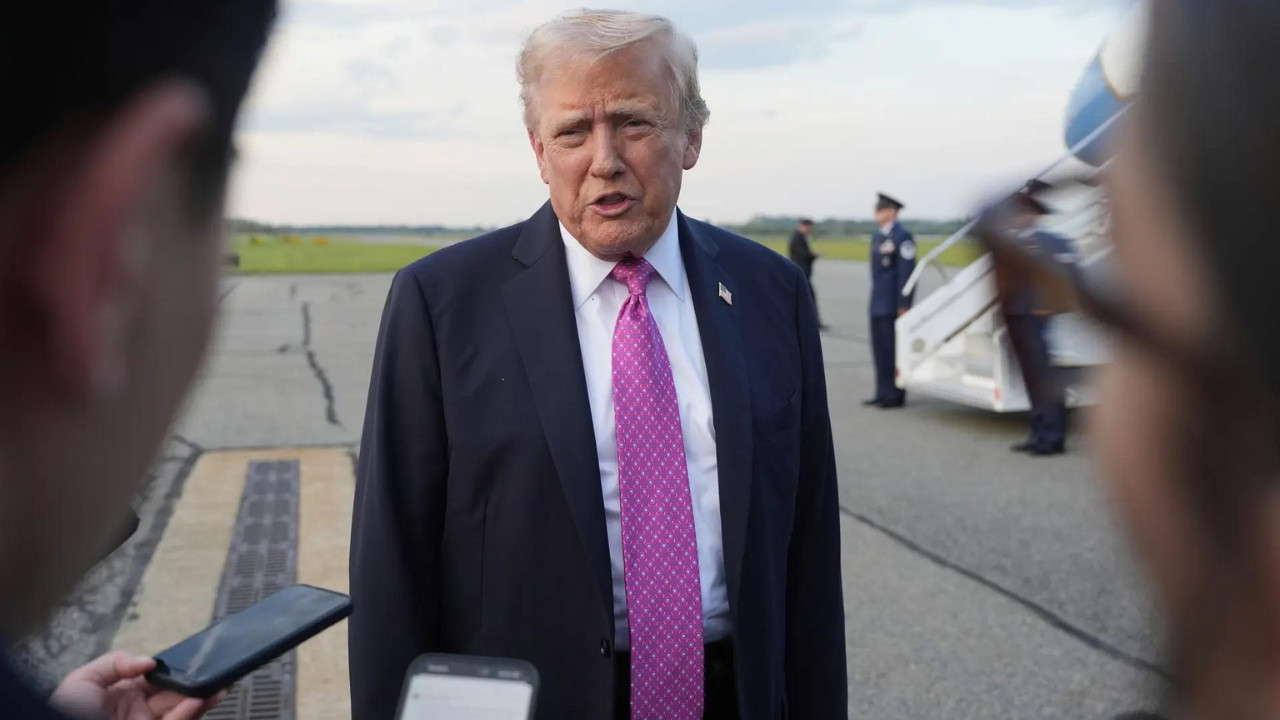US President Donald Trump is set to reveal trade agreements and tariff letters, with a potential August 1 deadline for nations failing to finalize deals. Negotiations intensified as countries aimed to avoid penalties on US exports, while the EU and Japan engaged in discussions with the US. Market concerns resurfaced amid trade reconciliation efforts, impacting global currencies and equity indicators.
Prepare for Impact: US Tariff Hikes Loom Over Global Trade
The winds of trade are shifting, and businesses globally are bracing for impact. Former President Donald Trump’s proposed tariff increases are poised to become reality, with August 1st shaping up as the potential starting gun for a new era of trade friction. Letters confirming the new tariffs are expected to be issued shortly. It’s not a question of if, but how much these changes will ripple through supply chains and consumer wallets.
These aren’t just minor adjustments; we’re talking about substantial hikes. Trump has consistently advocated for aggressive trade policies, and it appears those policies are about to be put into action. The prospect is already sending tremors through international markets, forcing companies to reassess their strategies and consider how to mitigate the potential damage.
The Scale of the Proposed Tariff Increases
While specific details are still emerging, the potential scale of the tariff increases is significant. Trump’s previous measures focused heavily on China, but this time the scope appears broader. The threat of across-the-board tariffs on imports from numerous countries is very real, encompassing a wide range of goods. The numbers being discussed are not insignificant percentages; we’re talking about increases that could fundamentally alter the cost structure of many businesses. This could lead to higher prices for consumers and reduced competitiveness for companies that rely on imported components or materials.
For example, a U.S. company that imports electronic components from Asia might face a tariff increase that adds significantly to their production costs. This could force them to raise prices, reduce their profit margins, or even move production to a different country. Similarly, European manufacturers exporting goods to the United States could find themselves at a disadvantage compared to domestic producers.

Who Will Bear the Brunt?
The burden of these US tariff hikes won’t fall equally. Businesses that rely heavily on imports will naturally feel the pinch more acutely. Small and medium-sized enterprises (SMEs) with limited resources to absorb increased costs or adjust their supply chains could face an existential threat. Larger corporations, while better positioned to weather the storm, will still need to adapt quickly to avoid significant losses.
Consumers are unlikely to escape unscathed either. Increased import costs will inevitably translate into higher prices for a wide range of goods, from electronics and clothing to food and household items. This could lead to a decrease in consumer spending, further dampening economic growth.
Rethinking Supply Chains
One of the most significant consequences of these impending tariffs is the urgent need for businesses to rethink their supply chains. Diversification, once a strategic advantage, is now becoming a necessity. Companies are actively exploring alternative sourcing options, shifting production to countries with lower tariffs, and investing in domestic manufacturing capabilities.
This shift, however, is not without its challenges. Finding reliable suppliers, establishing new production facilities, and navigating complex regulatory environments can be time-consuming and expensive. Businesses need to act decisively but also strategically, carefully weighing the costs and benefits of different options. Diversification is a long-term investment, not a quick fix. Learn more about managing global supply chain risks on our blog.
The Potential for Retaliation
History suggests that trade disputes rarely remain one-sided. Other countries are likely to retaliate with their own tariffs on US exports, potentially triggering a full-blown trade war. This could have devastating consequences for the global economy, disrupting trade flows, undermining investor confidence, and slowing down economic growth.
The stakes are high, and the potential for miscalculation is significant. Diplomatic efforts to resolve trade disputes amicably are more crucial than ever. The world needs cool heads and a willingness to compromise to avoid a costly and unnecessary trade war.
Preparing for the New Reality
With the August 1st deadline looming, businesses need to act swiftly to prepare for the new reality. This includes:
* Assessing the impact: Conduct a thorough assessment of how the tariff increases will affect your business, identifying the products and suppliers most at risk.
* Exploring alternatives: Investigate alternative sourcing options, consider reshoring production, and explore opportunities for diversification.
* Negotiating with suppliers: Renegotiate contracts with existing suppliers to mitigate the impact of tariffs.
* Hedging currency risk: Protect against currency fluctuations that could further increase import costs.
* Communicating with customers: Be transparent with customers about potential price increases and explain the steps you are taking to minimize the impact.
The coming weeks and months will be a period of uncertainty and adjustment. Businesses that are proactive, adaptable, and strategic will be best positioned to weather the storm and emerge stronger on the other side. The era of easy global trade may be coming to an end, but with careful planning and decisive action, companies can navigate this challenging landscape and secure their future.







